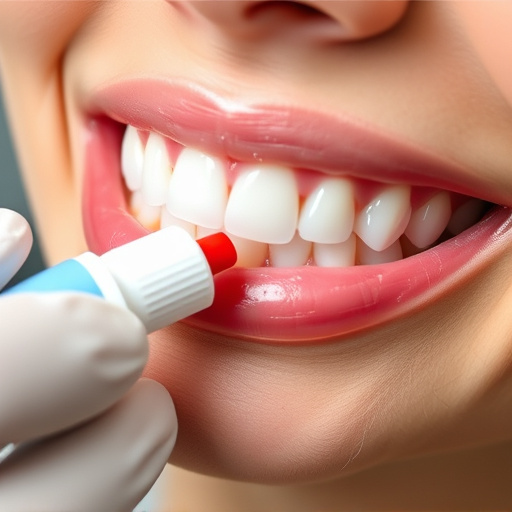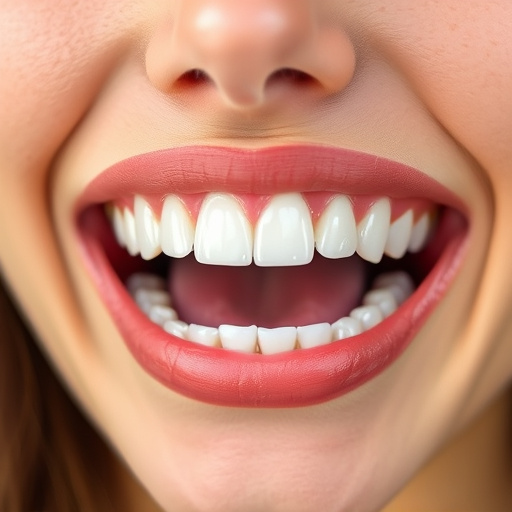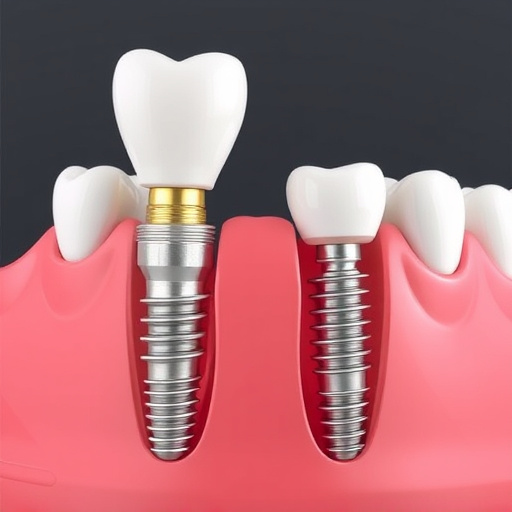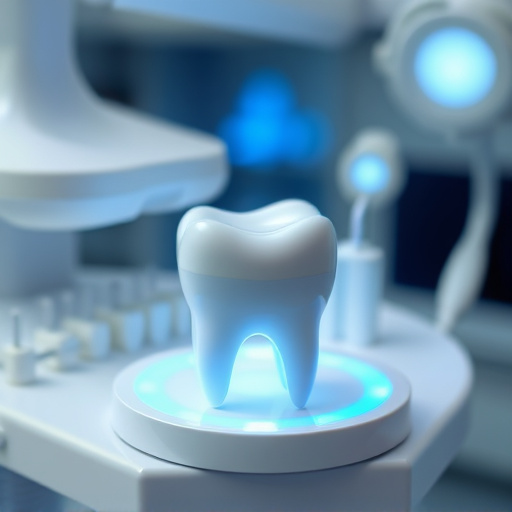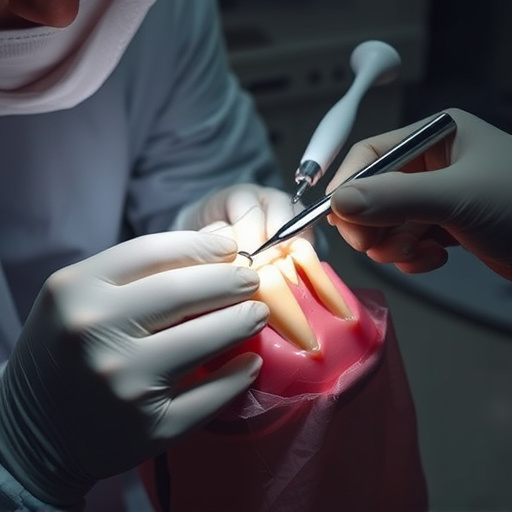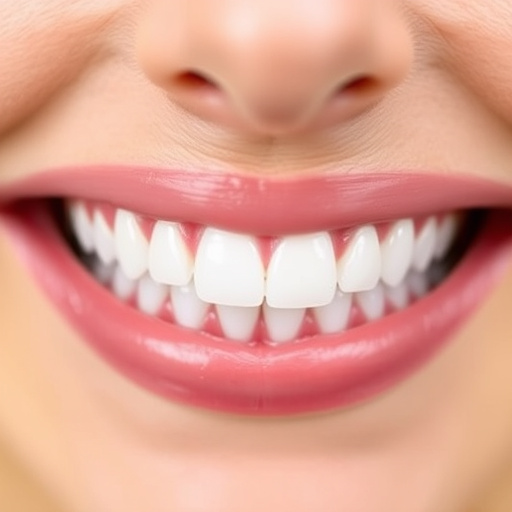Occlusal adjustment is a dental procedure aligning teeth for optimal bite harmony, addressing root causes of jaw and dental issues. Beyond aesthetic improvements, it enhances chewing efficiency, reduces TMJ strain, prevents cavities, gum disease, and headaches, and positively impacts overall well-being by alleviating pain, improving sleep, and boosting energy levels. Effective occlusal adjustment requires a strategic approach starting with comprehensive dental evaluations using advanced tools, followed by tailored treatment plans that may include bonding or more extensive procedures. Regular check-ups, cleaning, patient education, and informed consent are crucial for successful long-term oral health.
Occlusal adjustment, a dental procedure aimed at improving bite alignment, offers more than aesthetic benefits. It plays a pivotal role in enhancing quality of life by alleviating pain, improving jaw function, and reducing head, neck, and shoulder discomfort. This comprehensive guide explores the fundamental concepts of occlusal adjustment, its profound impact on overall well-being, and provides practical steps for successful implementation to transform lives. Discover how this often overlooked treatment can be a game-changer in oral health and daily life.
- Understanding Occlusal Adjustment: Uncovering the Basics
- The Impact on Quality of Life: A Comprehensive Analysis
- Practical Steps and Considerations for Effective Implementation
Understanding Occlusal Adjustment: Uncovering the Basics
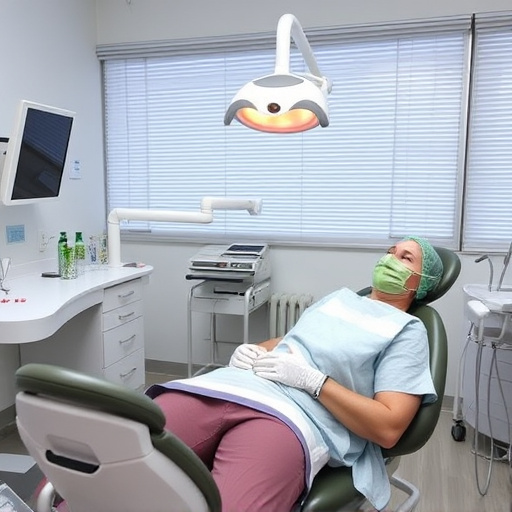
Occlusal adjustment refers to the process of aligning and balancing the teeth to ensure optimal jaw positioning and bite harmony. It involves making precise adjustments to the occlusal surfaces of the teeth, which are the biting surfaces that come into contact with each other when you chew. Understanding occlusal adjustment is crucial in recognizing its potential to enhance quality of life.
Proper occlusal alignment not only contributes to a more aesthetically pleasing smile but also facilitates efficient chewing and digestion, reduces strain on the temporomandibular joint (TMJ), minimizes tooth wear, and prevents other dental issues such as cavities, gum disease, and chronic headaches. While traditional methods like dental cleanings and wisdom tooth removal can address certain oral health concerns, occlusal adjustment specifically targets the underlying causes of bite problems, thereby offering a more holistic solution that considers long-term well-being. Even clear aligners, though primarily used for aesthetic purposes, have been shown to facilitate occlusal adjustments in some cases.
The Impact on Quality of Life: A Comprehensive Analysis

The impact of occlusal adjustment on quality of life is a multifaceted subject that transcends mere dental aesthetics. Beyond enhancing the appearance of teeth, proper occlusal alignment significantly improves overall well-being. By reducing bite forces and eliminating misalignment, individuals experience less dental pain and discomfort, leading to improved sleep patterns and increased energy levels throughout the day. This, in turn, positively influences mental health, boosting confidence and fostering a sense of self-esteem.
Furthermore, occlusal adjustment plays a pivotal role in preventive dentistry. Aligned teeth are easier to clean, reducing the risk of plaque buildup and tooth decay. This not only minimizes the need for frequent emergency dental care but also prevents costly and time-consuming dental procedures down the line. For instance, clear aligners have gained popularity as both an effective occlusal adjustment tool and a cosmetic alternative to traditional braces, offering patients a discreet and comfortable option that promotes better oral hygiene and, consequently, enhances their quality of life.
Practical Steps and Considerations for Effective Implementation

Implementing an occlusal adjustment effectively requires a strategic approach. Firstly, patients should undergo a comprehensive dental evaluation to assess the need for such adjustments. This involves detailed examination by qualified dentists using advanced diagnostic tools to pinpoint issues like malocclusion or TMJ disorders. Once identified, specific treatment plans tailored to individual needs can be devised, incorporating techniques like dental bonding for minor corrections or more extensive procedures for complex cases.
Practical considerations are paramount. Preventive dentistry plays a crucial role, emphasizing regular check-ups and cleaning to maintain oral health. Comprehensive dental care ensures that adjustments are part of an overall strategy to enhance not just bite alignment but also overall mouth functionality and aesthetics. Patient education is another key step; informing them about the benefits, potential risks, and recovery processes fosters informed consent and encourages adherence to treatment plans.
Occlusal adjustment, as a nuanced dental practice, offers a profound impact on an individual’s quality of life. By understanding the basic principles and implementing effective strategies, dentists can significantly enhance their patients’ overall well-being. This article has provided a comprehensive guide, from unraveling occlusal concepts to offering practical steps for successful execution. Embracing these insights empowers dental professionals to make a tangible difference in people’s lives, ensuring a healthier and more fulfilling existence.


